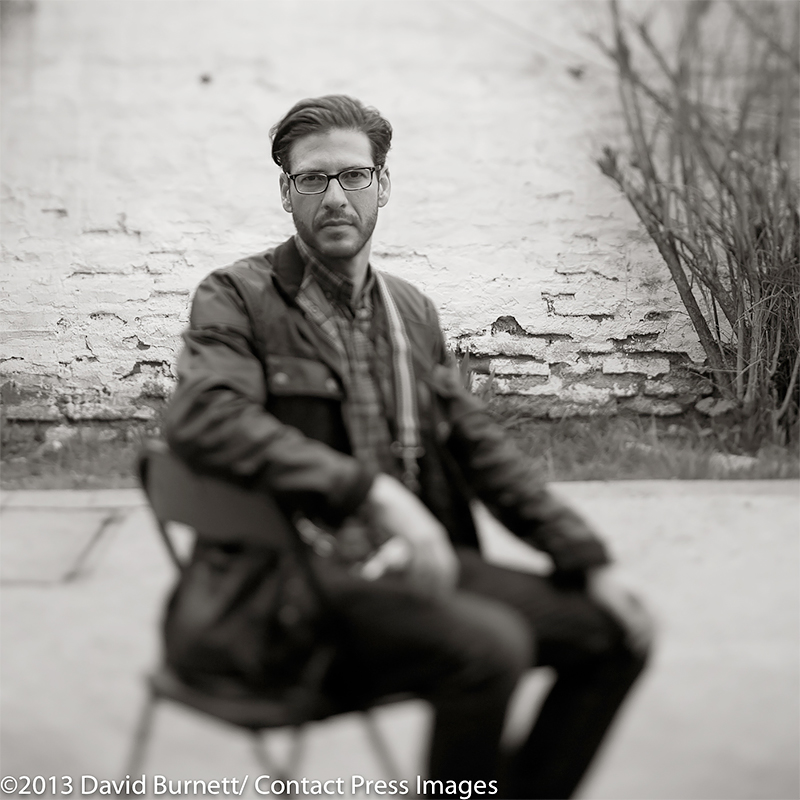Michael Magers is a documentary photographer and journalist based in New York City. He is a frequent collaborator with the highly acclaimed team at
Roads & Kingdoms and served as the lead photographer on their award-winning books,
Rice Noodle Fish and
Grape Olive Pig (as well as contributing to the 3rd book in the series
Pasta Pane Vino) published by Harper Collins/Anthony Bourdain.
His images are exhibited both internationally and in the U.S. and have appeared in a wide range of digital and print publications including
TIME,
Smithsonian,
Vogue Italia,
Huck Magazine,
Outside,
The California Sunday Magazine,
CNN's Explore Parts Unknown,
Saveur,
New York Times -
T Magazine (Instagram Takeover),
Grantland,
Barron's,
The Guardian.com, and
L'oeil de la Photographie.
Michael's work documenting craftsmanship in Japan was named a 2016
Critical Mass Finalist.
About Independent Mysteries
Independent Mysteries (pub. November 2019) is the first monograph from documentary photographer Michael Magers. In it, Magers exposes the persistent tension between connection and disconnection -- a feeling of "intimate distance" -- he grappled with while traveling to places like Japan, Haiti, and Cuba for various assignments and personal projects. Drawing on nearly a decade of work, each image can be viewed as a film-still, with little context other than light brushes of human contact, fleeting intimacy, solitude and vulnerability. Every one of the grainy, black-and-white photographs in this book carries with it a secret to be discovered and explored.
Read More about Independent Mysteries Book
